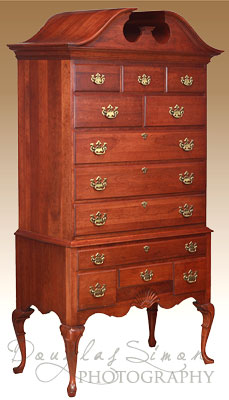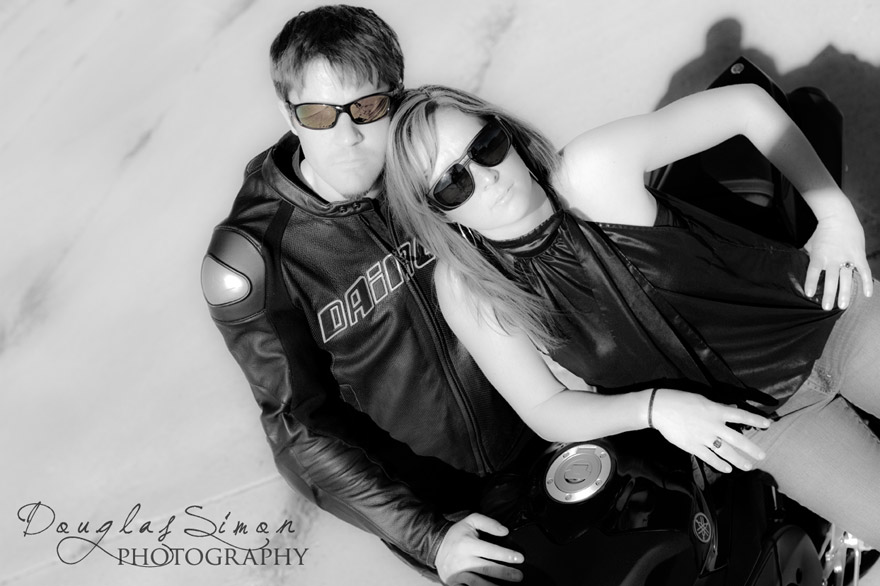You’re wanting to photograph your new dining room table. That lovely finish reflects your flash, ruining your shot.
You need to shoot without flash. That means getting as much area light as you can, but that light needs to be the “same” light. You don’t want your dining room curtains open letting in sunlight mixing with your fixture lights. This results in mixing warm and cold light and the results are adverse. Close the curtains and turn on all available lights.
The advantage in shooting inanimate objects is you can use low shutter speed. You need to use a tripod for low shutter speeds. Lower your ISO. If you’re at 800, try 400 AND lower the shutter speed. Keep going lower until you achieve the desired photo. Test test, test.
You can see examples of product photography.


